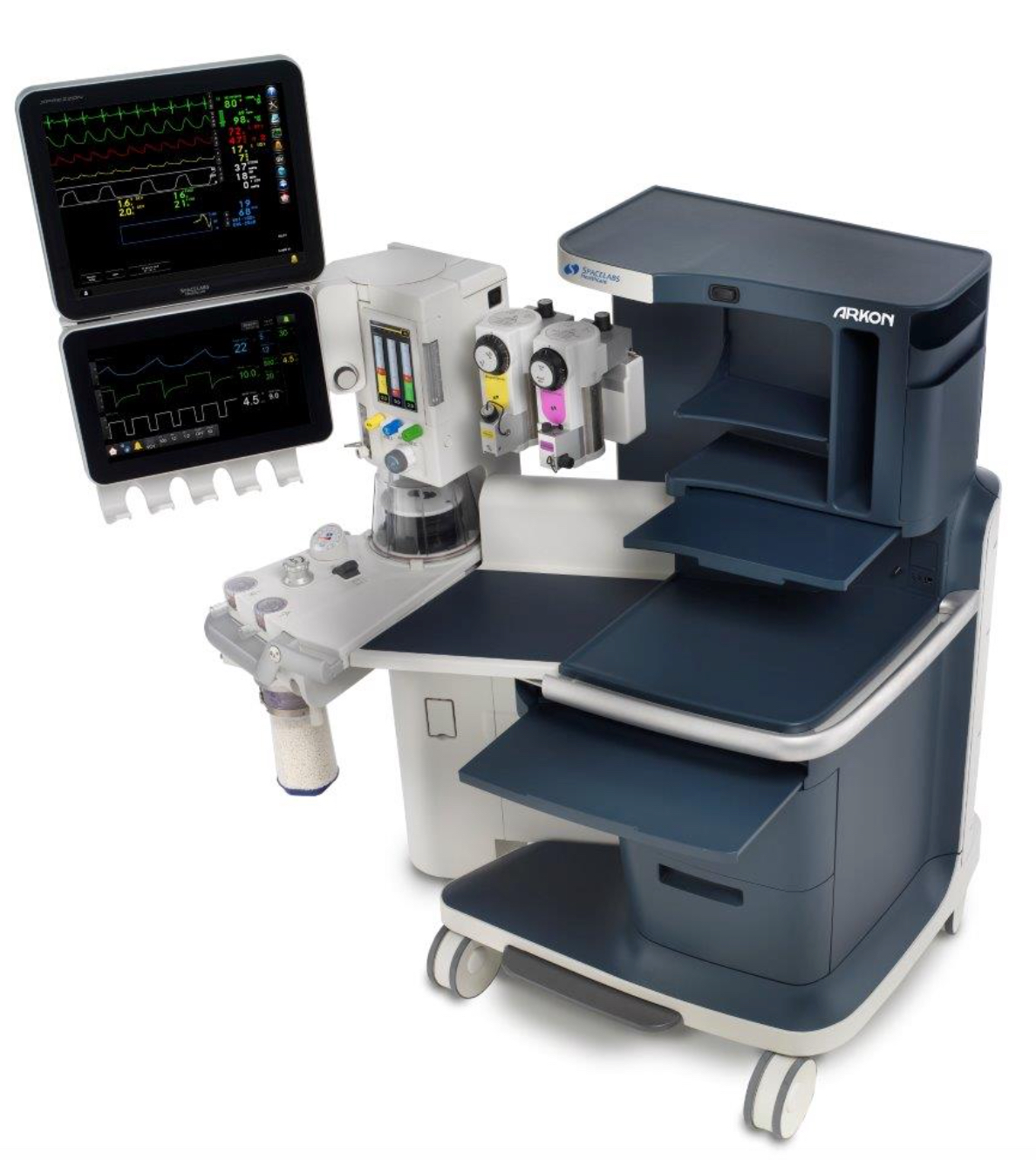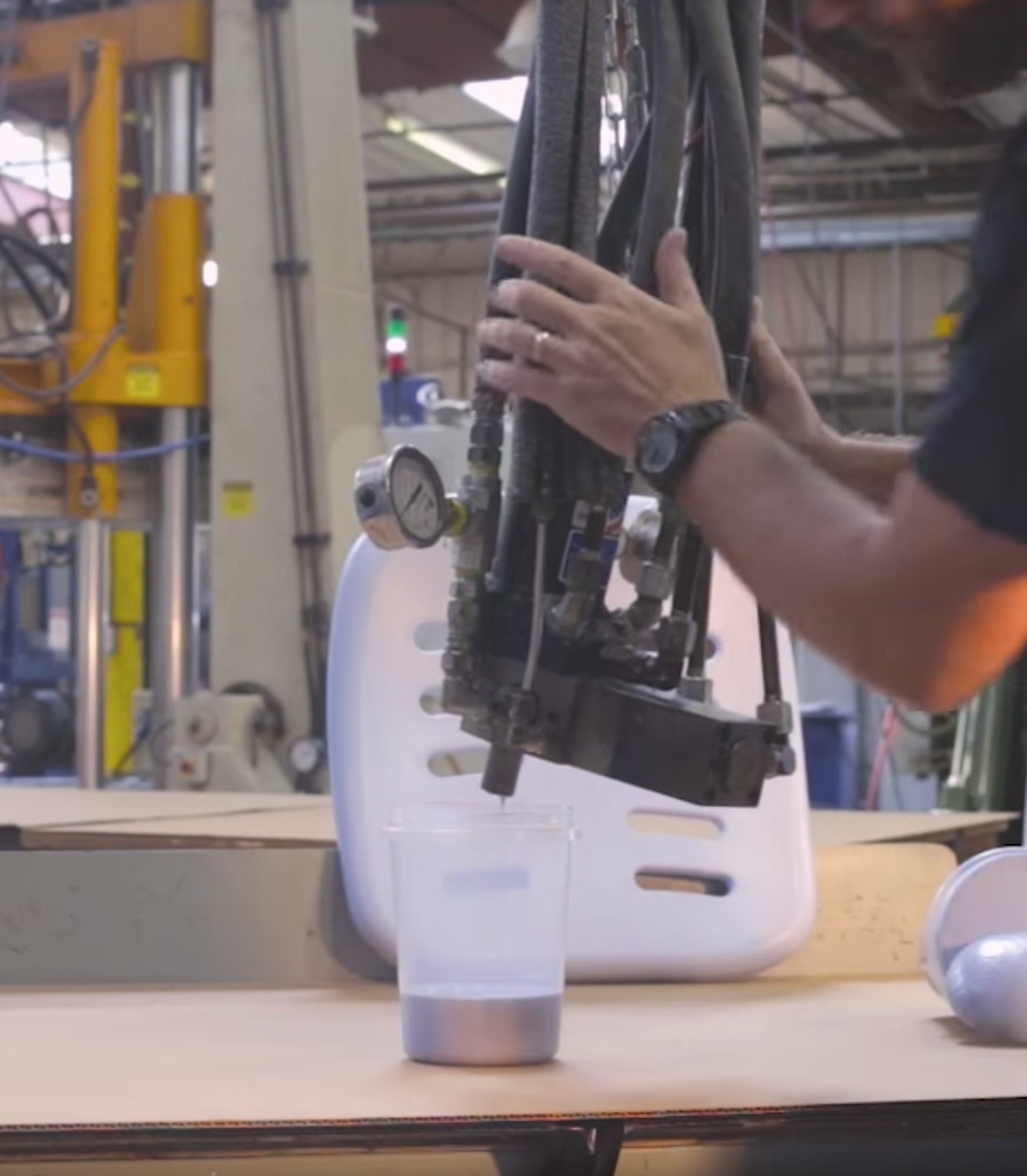Plastics play a huge role in manufacturing. They are present in virtually every industry. From automotive to medicine, plastic materials are utilized as end products and components for assembling a more complex product.
However, these plastic products are not readily available in the market, and they have to undergo a manufacturing process within a plant dedicated to designing and molding plastics.
RIM Manufacturing is an example, and helping to design and molding plastic end products or components is something we do exceptionally well. To give you a clear picture of what we do, we’ll compare the process we use, Reaction Injection Molding (RIM), with another popular plastic manufacturing method – thermoforming.
What Thermosetting & Thermoforming?
Let’s cover the basics. Reaction Injection Molding is a Thermoset process whereby low-viscosity liquid polymers and isocyanates are mixed at high-pressure (2000 psi) and injected into temperature-controlled molds at low-pressure (150 psi). An exothermic reaction occurs as the temperature of the liquids reach 350 degrees Fahrenheit before quickly cooling to become a solid polyurethane part. Thermoforming, on the other hand, draws a pliable plastic sheet stock down onto a heated mold. A vacuum may be used to evacuate any air and accurately reproduce the details of the mold.
The key difference between the two is significant. RIM (Thermosetting) allows for tight tolerances, unique design, and molded in ribbing and bosses. Thermoforming, on the other hand, is good for simple design parts with limited functionality and cosmetic finish.
The Applications of Thermosets & Thermoplastics
The different qualities that thermosets and thermoplastics possess dictate where and how they may be applied.
For example, thermosets are ideal for products exposed to high temperatures because of their incredible heat resistance. For this reason, manufacturers use thermosets for the body and components of household and kitchen appliances. These machines tend to generate excess heat. If thermoplastics are used for these products, they could warp at best and melt and mess up the electricals at worst.
Thermoplastics, on the other hand, are ideal for single-use plasticware like cups, drinking bottles, food containers, and grocery bags. CDs, DVDs, children’s toys, sports equipment, and eyeglass lenses are also made from different thermoplastics.
Thermoset vs. Thermoplastic: Which Should You Choose?
Which is the better material to use for your products? The answer depends on the uses of your products. Our opinion at RIM Manufacturing, however, skews in favor of thermosets. We attest to the quality of thermoset plastic, and its heat-resistance and physical integrity are additional perks. More importantly, it’s easier for us to create intricate details like textures, irregular corners, and protrusions using reaction injection molding. Thermoforming is more acceptable for simpler designs.


